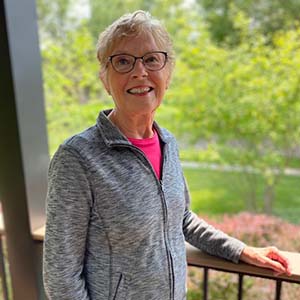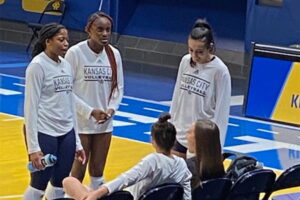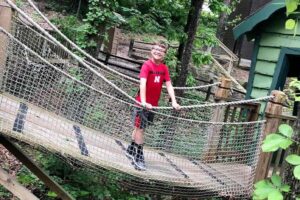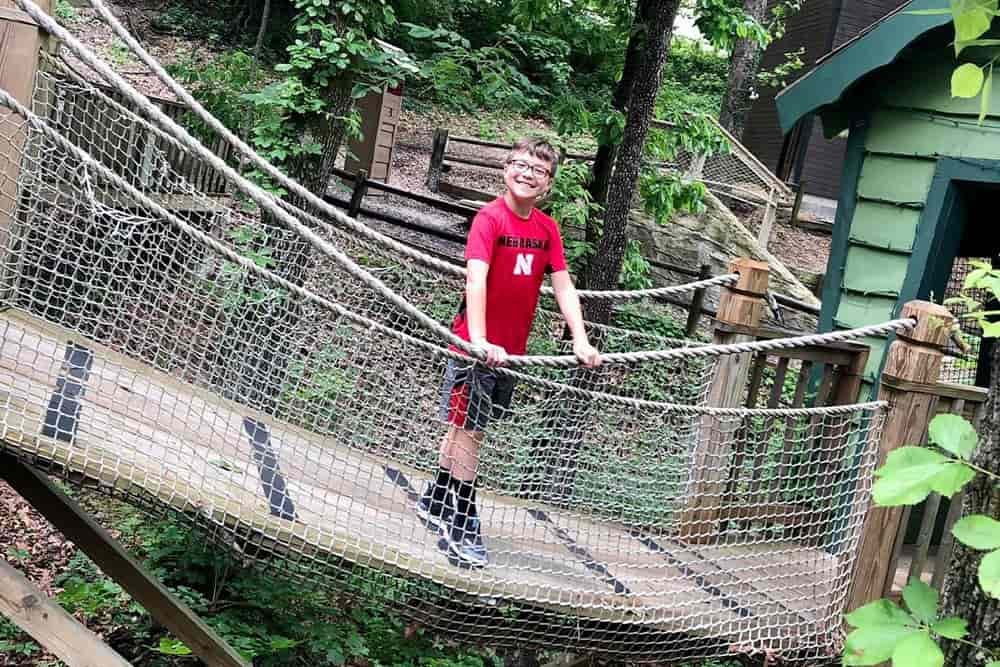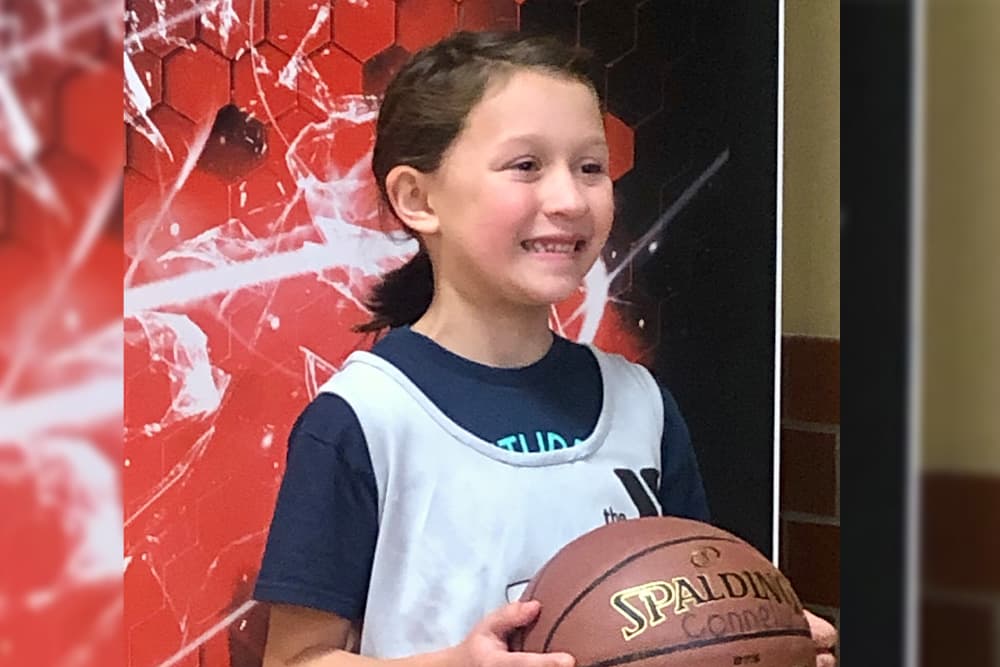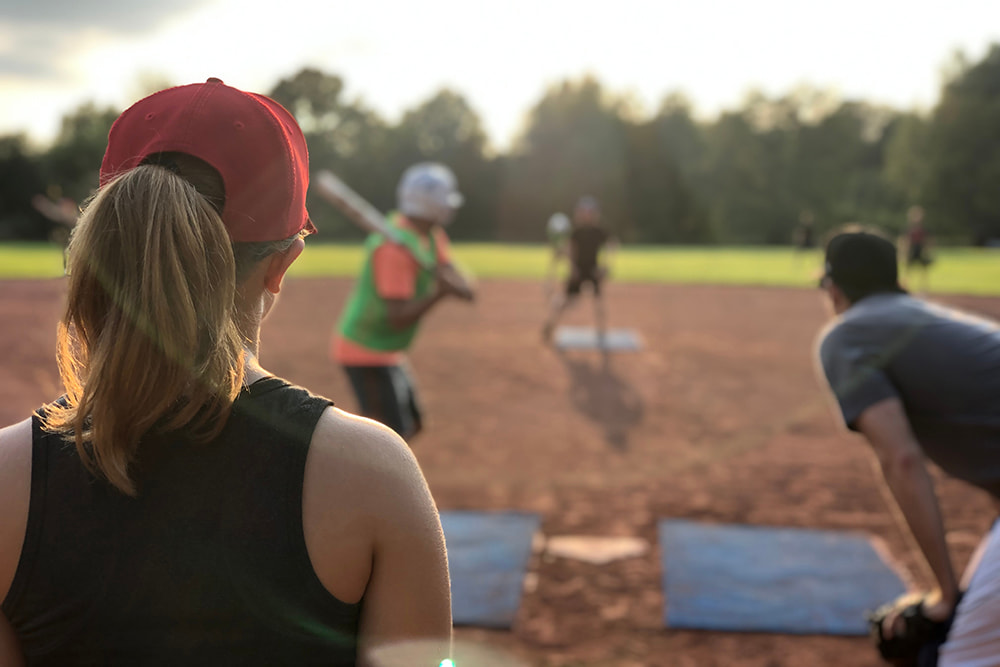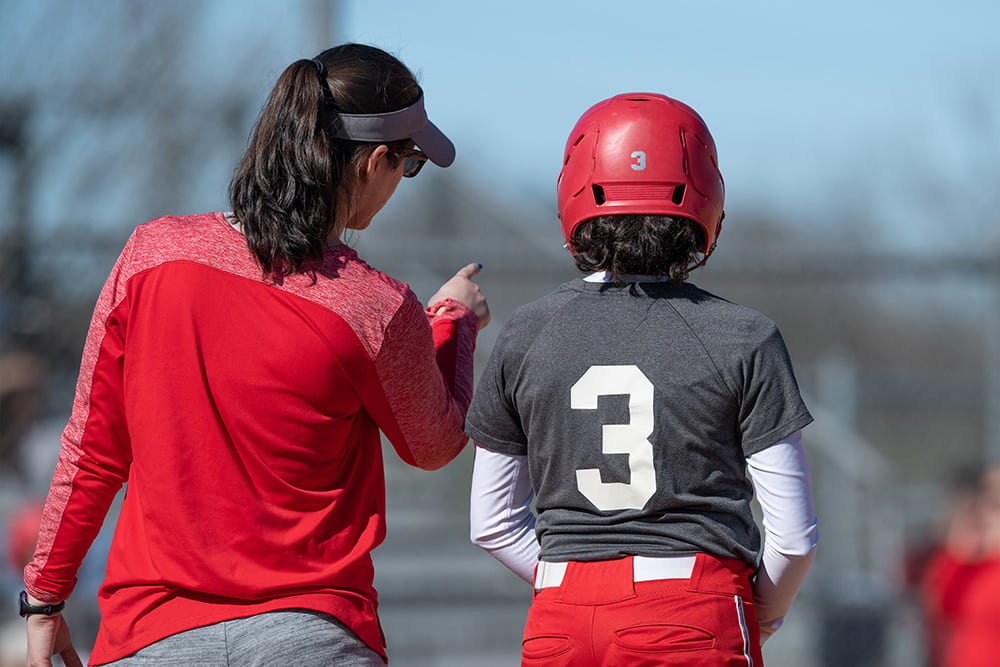
8 Tips to Avoid Injury: Insights from Sports Medicine Trainers
Whether you’re a weekend warrior, a recreational sports enthusiast or professional athlete, we can all use tips to avoid injury and stay healthy. We asked our athletic trainers to share some of their best tips.
1. Listen to Your Body & Address Pain or Discomfort Early
Grant Rider, athletic trainer at Seward High School
Pain is a message from your body that something is wrong and you should take a break before it worsens. Listening to your body and addressing pain or discomfort early will prevent minor issues from becoming major issues. It’s better to take a short break and avoid a more serious injury than to play through pain and cause a bigger problem later.
2. Stretch Before & After Activities
Terry Adair, athletic trainer at David City Aquinas and David City Public Schools
Stretching is essential to improve your flexibility and reduce your risk of injury. It also helps you warm up before exercise and cool down afterwards. Stretching improves blood flow and reduces muscle stiffness that can lead to injuries. Here are a few tips to get the most benefit from stretching:
- Relax into your stretches
- Don’t bounce while stretching
- Hold each stretch for 30 seconds
3. Add Foam Rolling into Your Daily Routine
Ashley Elwell, athletic trainer at Crete High School
Foam rolling is a self-massage release technique. By using a lightweight cylindrical tube made of dense foam, you can roll over tight spots to help reduce muscle tightness, soreness and inflammation. Foam rolling is an effective tool to add to your warm-up and cool-down routines.
4. Drink Half of Your Body Weight in Water Each Day
Stacy Dahlkoetter, athletic trainer at Lincoln Christian and Parkview Christian Schools
If you participate in exercise or activities where you sweat a lot, your hydration need may be higher, and you will also need to replace electrolytes. Energy drinks do not count as a hydration drink. They actually dehydrate you and you will need to drink more water. To make sure you get enough water, drink half your body weight in water each day. So, if you weigh 120 pounds, you should drink 60 ounces of water a day.
5. What You Put into Your Body Matters
Kyle Younkin, athletic trainer at Lincoln Lutheran and Parkview Christian Schools
Maintaining a healthy diet with a good balance of carbs, proteins, fats, vitamins and minerals will keep you in your best shape. Complex carbohydrates from pasta, whole-grain breads and rice provide energy, fiber, vitamins and minerals without a lot of fat. Choosing lean meats will give you protein without contributing to issues like weight gain or high cholesterol.
6. Sleep Is Important
Choc Bowen, athletic trainer at York High School
Lack of sleep and/or poor sleep quality can impair muscle strength, speed and other aspects of physical performance. Sleep issues can also impair recovery following injury. Aim for 8-10 hours of sleep each night to ensure the proper amount of rest and to allow your muscles to recover.
7. Allow Time for Rest & Recovery
Bethany Dolezal, athletic trainer at Kinetic Sports Complex
Give your body what it needs to recover between training/exercise. Eat well, sleep well, stretch well and take rest days to avoid overdoing it. Don’t feel guilty if you take a day off. It is good for your mental and physical health to take time when you need it. Athletes should also take time between seasons to recover and prevent injuries.
8. Share Any Pain, Discomfort or Injuries with a Health Expert
Cassie Metzner, athletic trainer at Waverly High School
Everyone wants to get back to sports or activities. If injured, seek help from a professional—an athletic trainer, physical therapist or other health expert. Be honest with them about your injury and how you are feeling so that they can best help you recover and return to the activities you love.
Bryan Health/Nebraska Orthopaedic Center
Athletic Trainers










